I moved from the US to Barcelona. Here are 11 things that surprised me most.
Jordan Mautner

- I traveled to Europe frequently while living in LA, so I decided to move abroad and settle in Spain.
- Barcelona is beautiful, and I was surprised by some of the holiday traditions the city partakes in.
I knew Barcelona was in Spain, but the Catalonia region has its own language and culture.
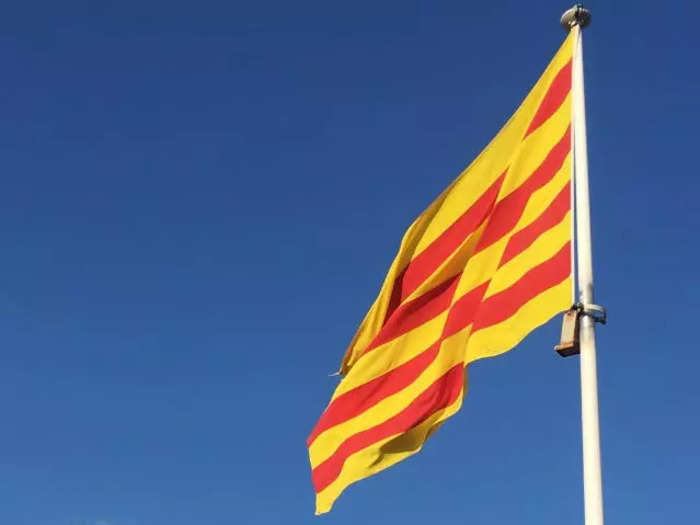
In late 2019, I left LA and fulfilled my dreams of moving abroad. After spending a few months in France, I finally settled in the sunny seaside city of Barcelona, Spain, in February 2020.
Lockdown made early aspects of adjusting to a new city harder, but two-and-half years later, I'm still here.
Barcelona is the capital of Catalonia, a northeastern region of Spain. When I first moved, I assumed that Spanish would be the go-to language, but I was quite mistaken.
When you walk into any store or restaurant, the menus and signs are in Catalan. And although everyone speaks Spanish, it's still good to know a few Catalan words and phrases to be polite and respect the culture.
A few of my favorites are "adéu" ("goodbye"), "si us plau" ("please"), "molt bé" ("very well"), and "merci" ("thank you").
There are a few unique holiday traditions I had to learn when I moved.
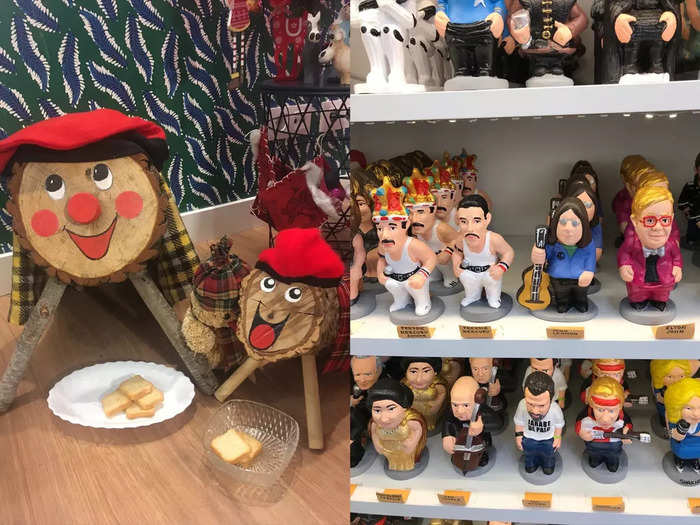
There's no Valentine's Day here, but in late April, they celebrate Sant Jordi — a celebration of love during which women are supposed to give a man a book in exchange for a rose.
Many people also celebrate La Mona on the Monday after Easter. Traditionally, godparents give their godchildren an egg-shaped cake for the whole family to enjoy.
But my all-time favorite Catalonian traditions come at Christmas.
For the whole month of December, children leave food and water out for Caga Tió, which translates to pooping log. Then they hit the log with a stick on Christmas Eve, and Caga Tió "poops out" presents.
People take this tradition very seriously, the streets of Barcelona are decorated with this pooping log, and every store has one in its window.
In the same vein, caganers are another fascinating Christmas tradition in Catalonia. The little pooping figurine is placed in nativity scenes to represent fertilization and hope for the new year.
But now, there are caganer shops all over Barcelona year-round for tourists. Nearly every celebrity has been transformed into a caganer, from Freddy Mercury to SpongeBob SquarePants to President Joe Biden.
Tapas are genuinely a way of life here.
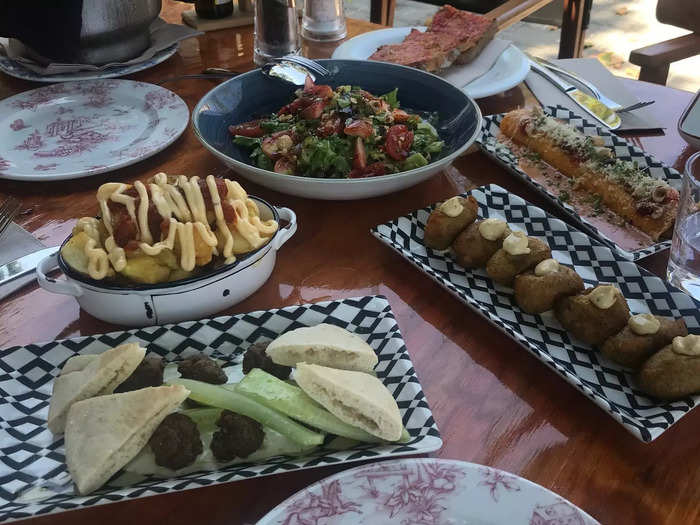
Tapas are small, shareable plates, and I've found them to be prevalent in restaurants across Barcelona.
I love this way of dining because you get a little taste of everything. I typically order between three and six tapas to share with a friend or two.
Some of the most popular tapas are the croquetas, like a breaded meatball; patatas bravas, cubed potatoes served with mayo and a tomato sauce; pimientos del pardón, small fried green peppers; and tortilla espanñola, a Spanish omelet prepared with egg and potato.
I learned all about calçots and the traditional way to eat them.
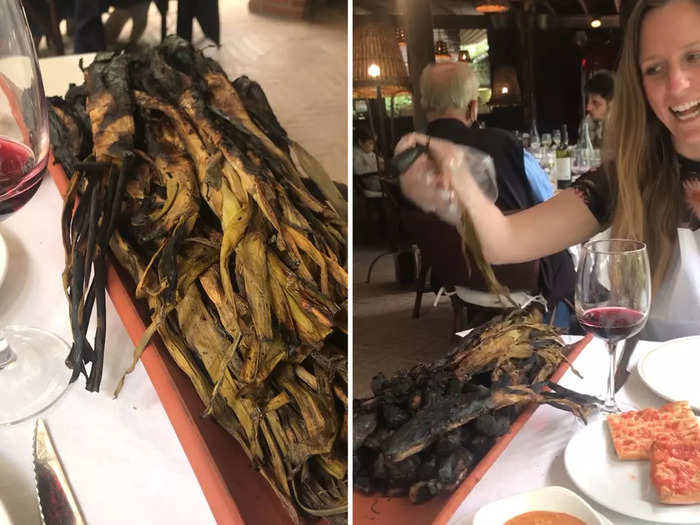
Calçots season typically runs from late winter into early spring, and it's quite the experience.
Eating calçots and experiencing the tradition behind them was a first for me. They're part of the onion family, similar to scallions, and they're grilled and served with a romesco sauce made from puréed tomato, garlic, and almonds.
Traditionally, you're given a bib and gloves to dive into the onion dish. The bib is simply to keep you from making a mess of yourself, and the gloves allow you to remove the outer layer of the onion before indulging.
Then you dip your calçot in the sauce, tilt your head back, and eat it in one big gulp.
Sandwiches for breakfast are the norm.
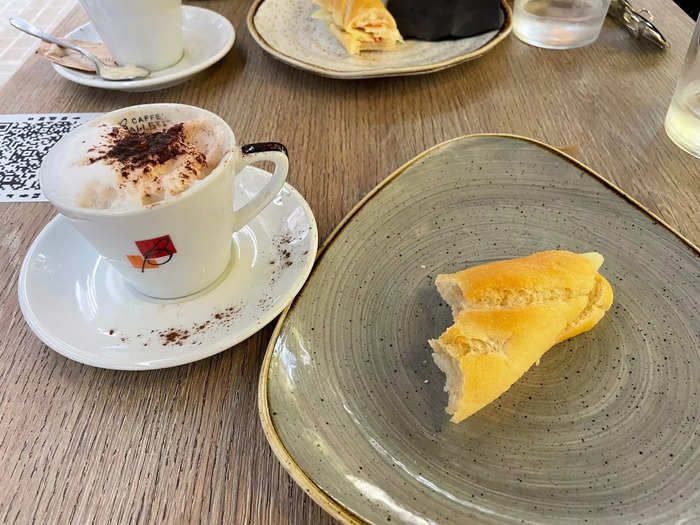
A typical Spanish breakfast is a bocadillo, a sandwich served on baguette-style bread.
The bread is first rubbed with fresh tomatoes, referred to as "pan con tomate," to get the perfect amount of flavor and texture. The sandwich is then traditionally filled with ham, but sometimes there's also cheese or a potato omelet inside.
The affordable dish is usually served alongside a coffee in the morning.
I've found it surprisingly easy to have a balanced lifestyle here.
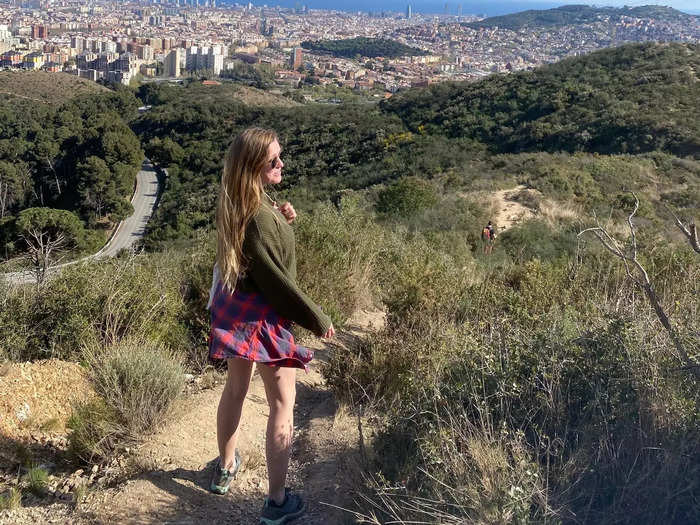
Barcelona is known for its nightlife, from great cocktail bars to decadent nightclubs that stay open until the wee hours of the morning. But it also offers more relaxed activities.
Because of the great weather nearly year-round, there are countless outdoor fitness and yoga classes in the parks and on the beaches. I've also seen plenty of volleyball and paddleboarding.
After a wild night of drinking and dancing, I can always balance it out with a long stroll on the beach and an afternoon yoga class.
There are mountains and beaches surrounding the city, and you could visit both in a single day.
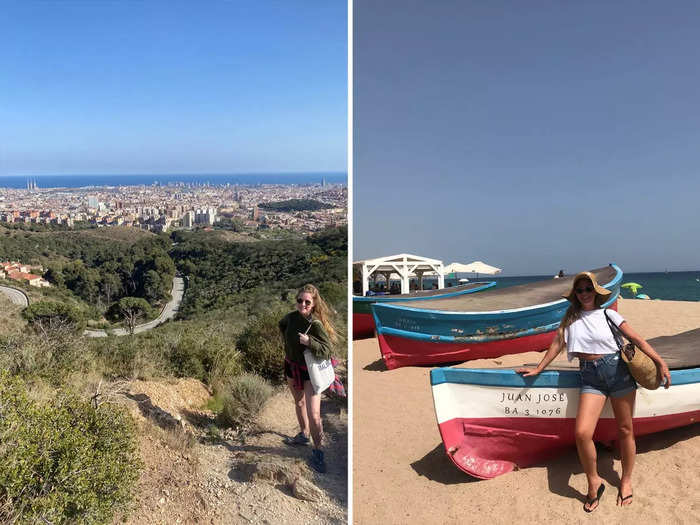
The Collserola mountains cradle Barcelona from the west, and it only takes about 30 minutes to reach the foothills by public transportation.
From there, you can hike up to Tibidabo (a famous amusement park) or simply stroll through the trails.
After working up a sweat, you can easily cruise down to the sea and go for an afternoon swim.
Weekend trips are easily accessible and breathtaking.
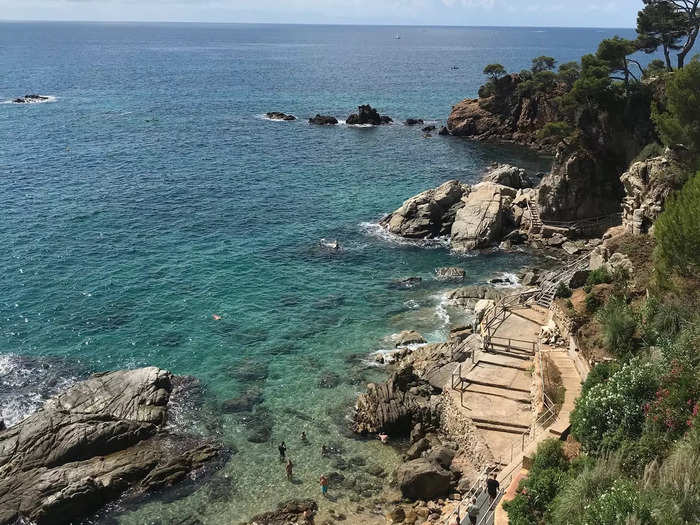
Costa Brava, accessible primarily by car or bus, is a short ride from Barcelona.
The coast runs between Spain and France, and it's simply magical. I can't help but be hypnotized by the clear turquoise waters and sandy beaches.
In the summer, the beaches are lined with xiringuito, pop-up restaurants that serve tapas and sangria.
The coastline is also jam-packed with history. In the town of Tossa de Mar, you have to crawl through an old castle door to get to one of the beaches, and near Cadaqués you can visit the house where Salvador Dali lived.
Although Costa Brava can be expensive, there are ways to do it on a budget. Many campgrounds offer cheap cabins, and there are some affordable hotels.
The afternoon siesta is a real thing, and you have to plan accordingly.

Siestas, Spanish for naps, are truly a way of life here.
If you're trying to run errands in Spain, be prepared to plan around afternoon and weekend closures.
Although larger shops like Zara, H&M, and big supermarkets stay open during regular working hours, the smaller mom-and-pop shops close from about 2 to 4 p.m. every day.
This is time for employees to go home and rest, have lunch, or simply take a nap.
And everything, including the big shops, is closed on Sundays.
I've never eaten dinner so late.
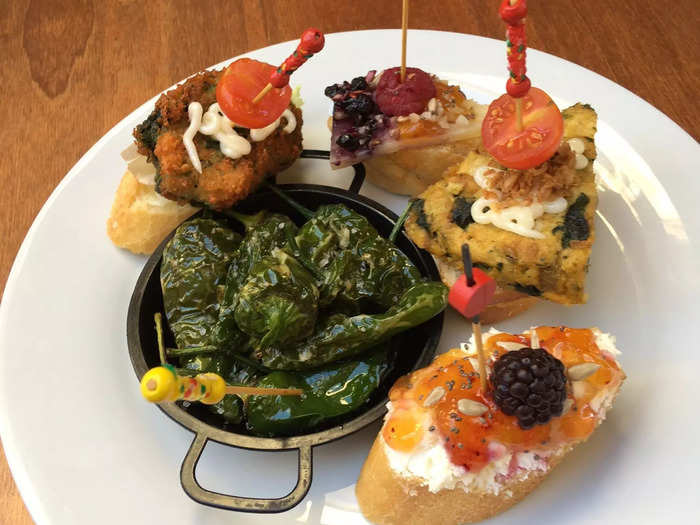
In the US, I ate dinner around 7 p.m. every night — maybe 8 or 8:30 p.m. if I was working late.
But in Spain, I had to get used to a whole new dining schedule. Dinner is typically served around 9 or 10 p.m.
People really take their time to eat and socialize with whoever they're dining with, so by the time you've finished dessert, it could easily be midnight.
Gaudí architecture is everywhere, and it's beautiful.
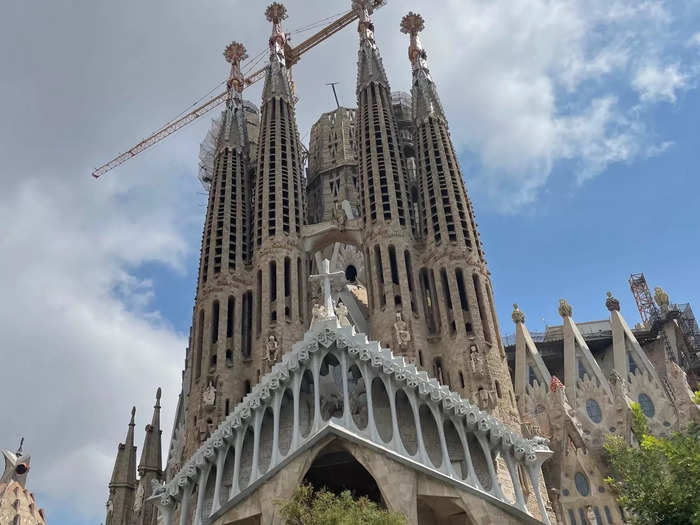
Barcelona is full of history and beautiful architecture.
Antoni Gaudí was a Catalan architect whose incredible and intricate designs can be seen all around the city.
I genuinely find myself walking in amazement on a daily basis — I can't believe I get to take in these incredible sights on my morning commute.
The Sagrada Familia church is arguably his most famous work.
Although Gaudí died in 1926, the project is yet to be finished. You can still see people working away, hoping to reach its scheduled completion date in 2026.
READ MORE ARTICLES ON
Popular Right Now
Popular Keywords
Advertisement